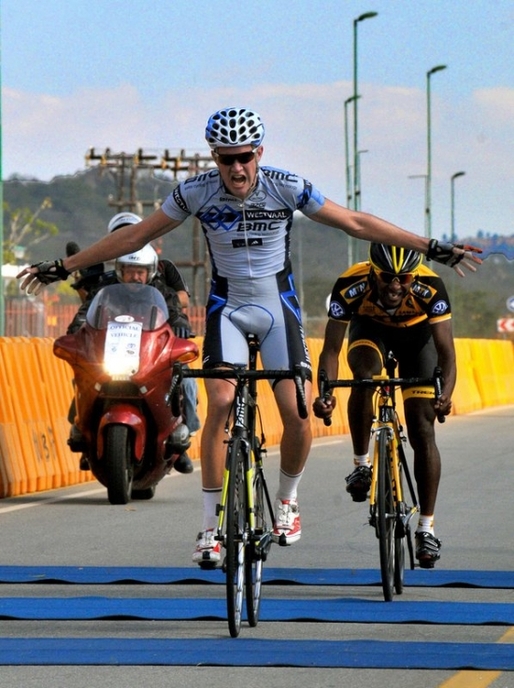
In the dash to the line, the Westvaal-BMC rider got the better of MTN-Qhubeka’s Ethiopian climber Alem Grmay to steal the stage and overall wins by a single second.
After a series of well-timed attacks by Girdlestone,
the two broke clear of the group containing the main contenders in sight of the finish at the Mbombela Stadium.
The 23-year-old from Pretoria completed the 30th edition of what is believed to be South Africa’s toughest road race in
a combined time of 3:43:02. Westvaal’s Nico Bell secured the final step on the podium in 3:43:12.
“It feels just as good as the first time I won it,”
said an elated Girdlestone. “I’ve always put the Jock down as one of my goal races because it suits me really well. “This year’s route was very much like the old one in that you have a hard final stage with a tough last few kilometres.
“The trick is to stay protected and if you’ve had the easiest ride there, you’ll have the most power – which is exactly what
happened.”
Although Girdlestone’s small five-man outfit was without the services of Tyler and Dusty Day, he said they had raced tactically to be able to compete against the numerically superior teams.
“The plan was for my team-mates to have an easy ride in the first two stages. I said, ‘You can drop off, just don’t get eliminated’.
“So we went into the last stage all guns blazing.”
Team Abantu sprinter Nolan Hoffman took the day’s first yellow jersey when he came out tops in a bunch sprint in the 43km opening stage between Mbombela, formerly Nelspruit, and White River.
Hoffman crossed the line in 1:05:08 to edge ahead of MTN-Qhubeka’s Ryan Gibbons and team-mate David Maree.
On stage two, a grippy 45km ride from White River to Sabie, Grmay and team-mate Yohans Getachew took advantage of an early attack by Europcar’s Paul van Zweel to forge ahead of the front group over the steep 7km Spitskop climb.
They were reeled in less than a kilometre from the finish by a four-man chase group consisting of Bonitas’s Willie Smit, MTN-Qhubeka’s Nicolas Dougall, Van Zweel and Girdlestone.
Grmay held on for the win ahead of Smit and Dougall as the front-runners were all credited with a time of 1:09:40.
With Hoffman distanced on the climbs, yellow went to Smit.
With time gaps almost negligible, it all came down to the 63km final stage between Sabie and Mbombela, which included an 8km ascent of the iconic Long Tom Pass.
Girdlestone, who won the final stage of the Mzansi Tour earlier this year, said the win had given the team renewed confidence ahead of next month’s Clover Lowveld Tour.
OVERALL RESULTS
Elite Men
1. Dylan Girdlestone (Westvaal-BMC) 3:43:02
2. Alem Grmay (MTN-Qhubeka) 3:43:03
3. Nico Bell (Westvaal/Bell’s Cycling) 3:43:12
4. Nicolas Dougall (MTN-Qhubeka) 3:43:12
5. Paul van Zweel (Europcar) 3:43:12
6. Kevin Patten (ASG) 3:43:22
7. Yohans Getachew (MTN-Qhubeka) 3:43:28
8. Willie Smit (Bonitas) 3:43:44
9. Ryan Gibbons (MTN-Qhubeka) 3:44:41
10. JJ van Wyk (MTN-Qhubeka) 3:44:46
Original post can be found here...


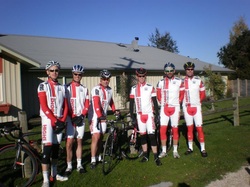
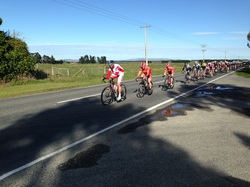






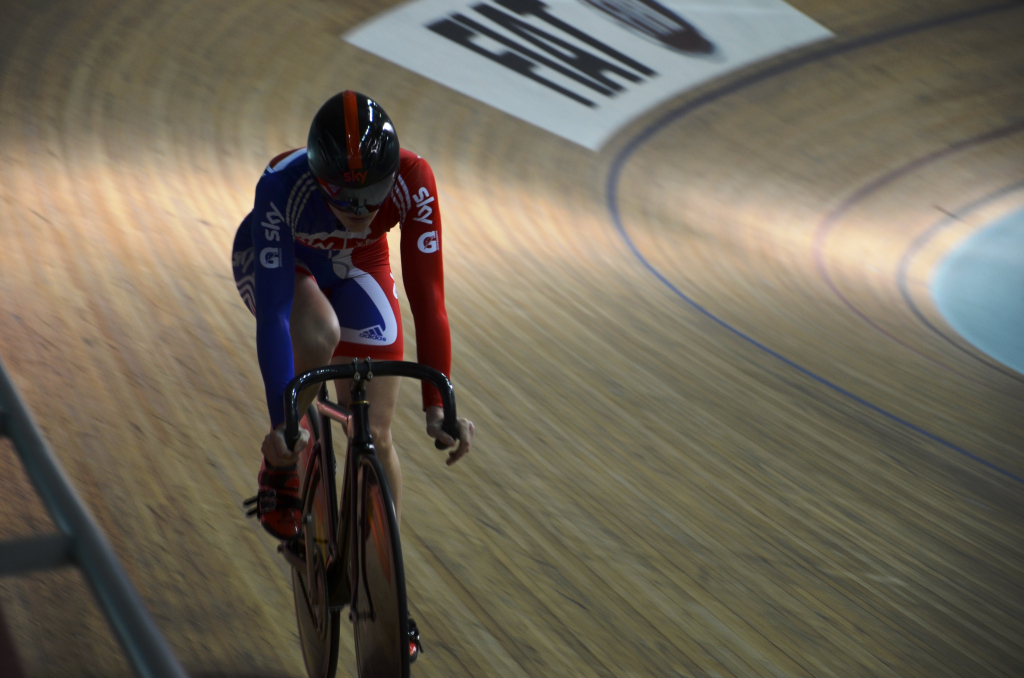
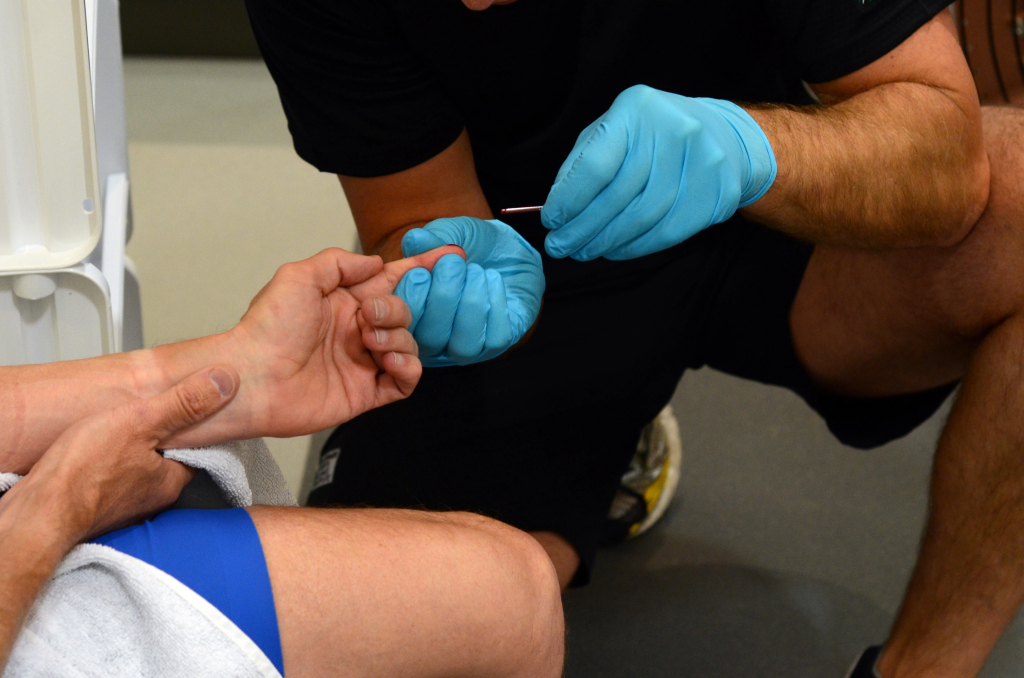
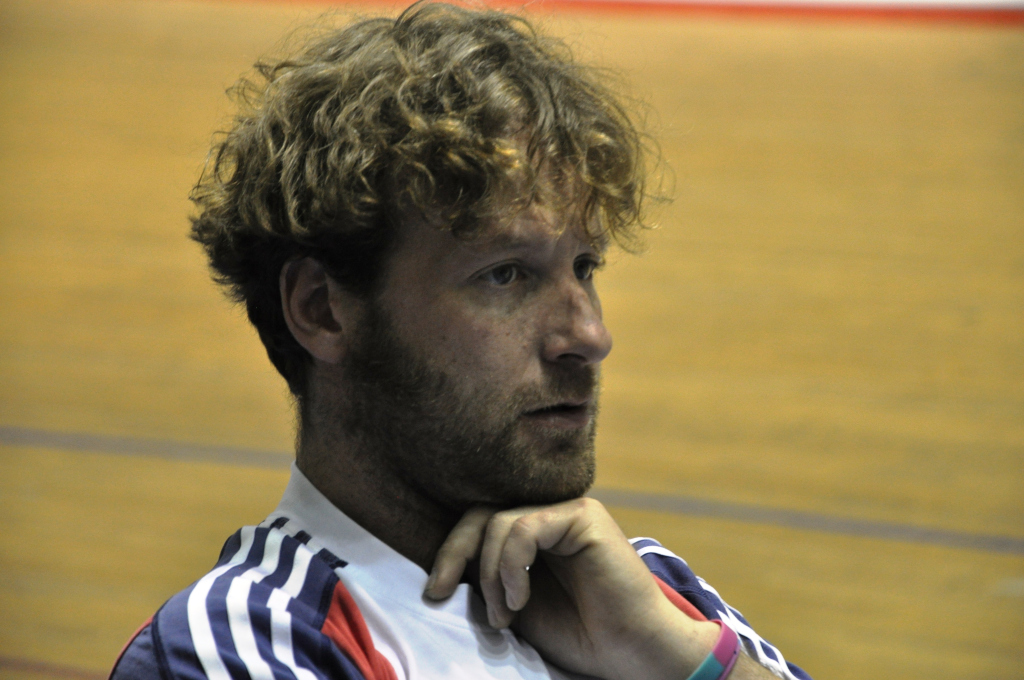
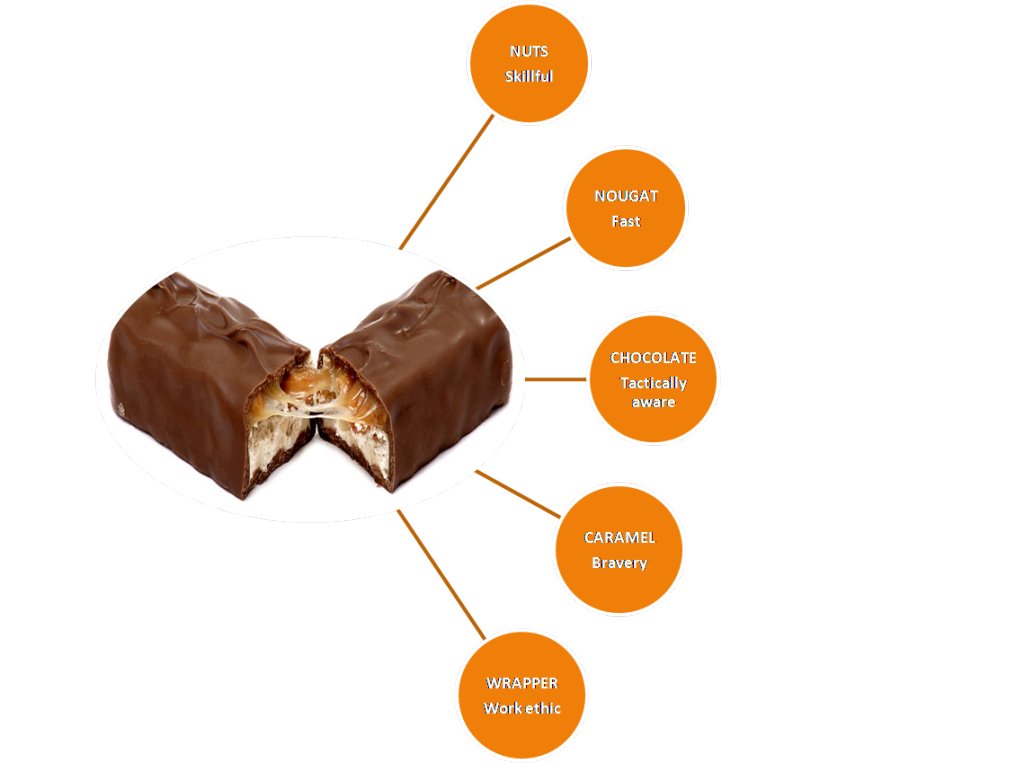
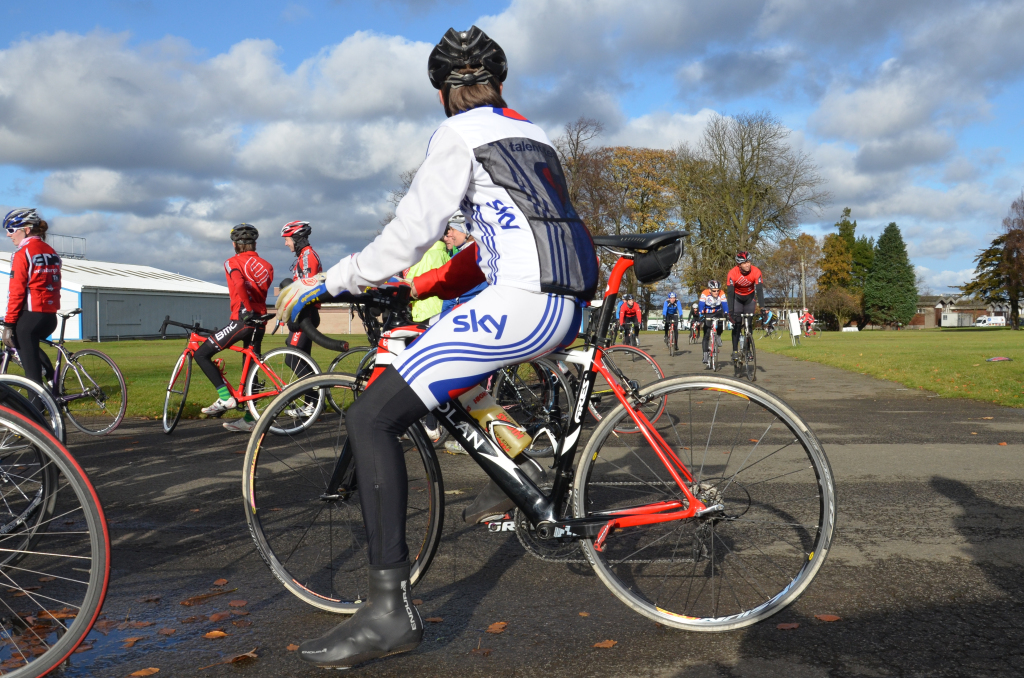
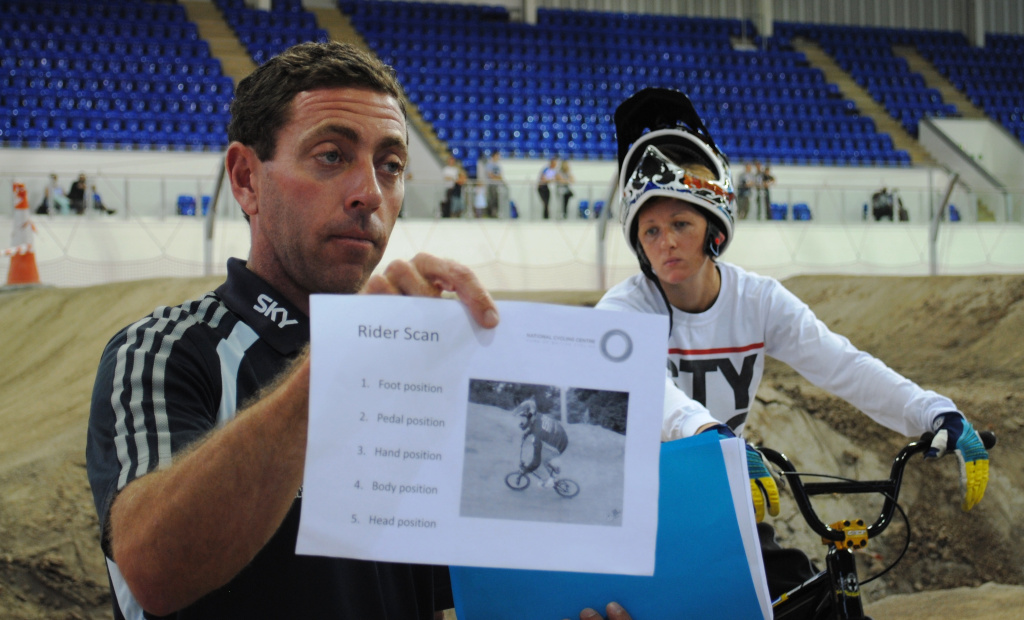
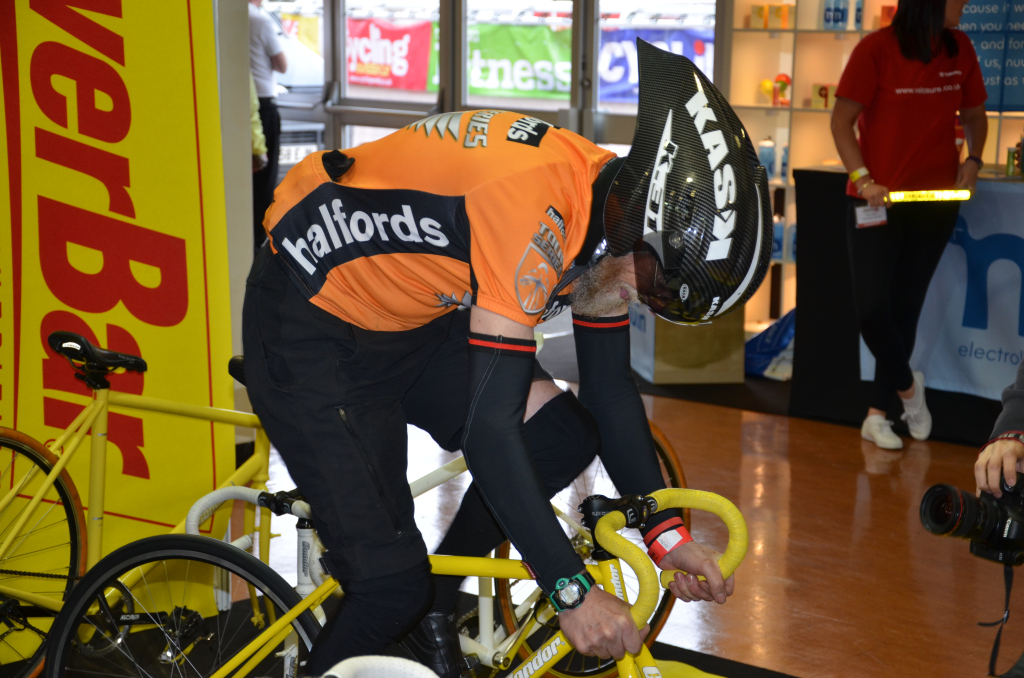
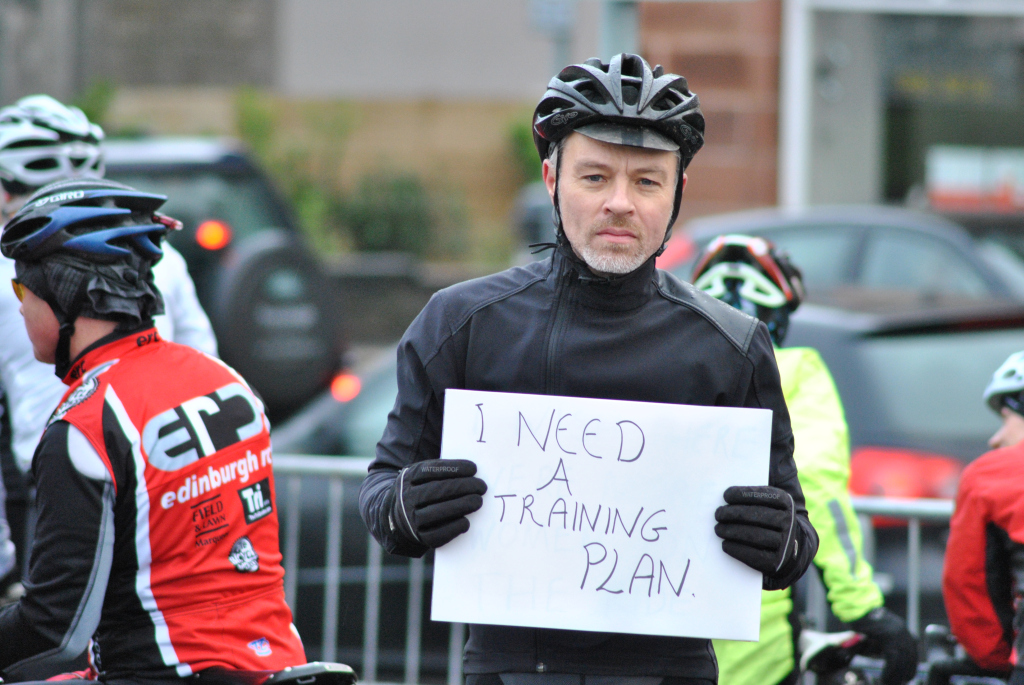
 RSS Feed
RSS Feed